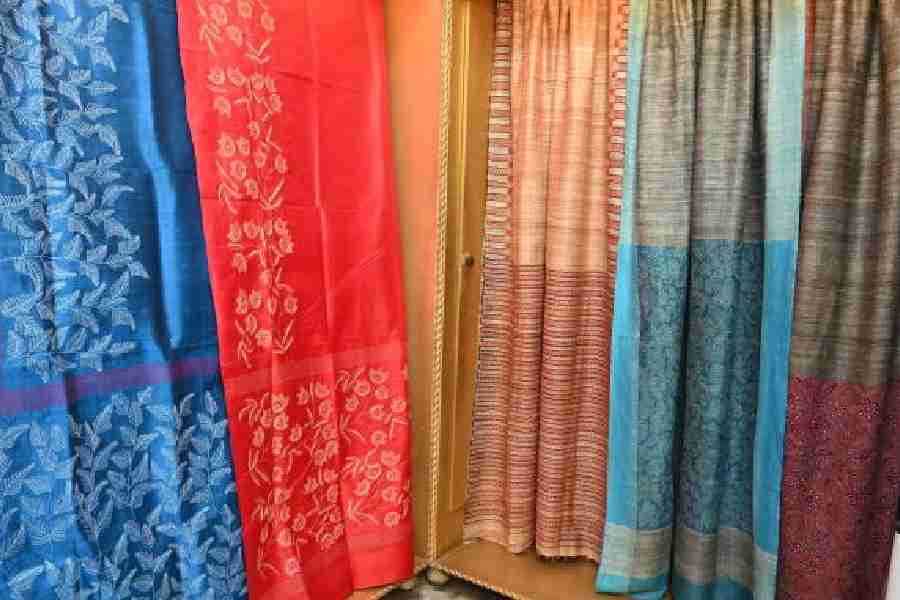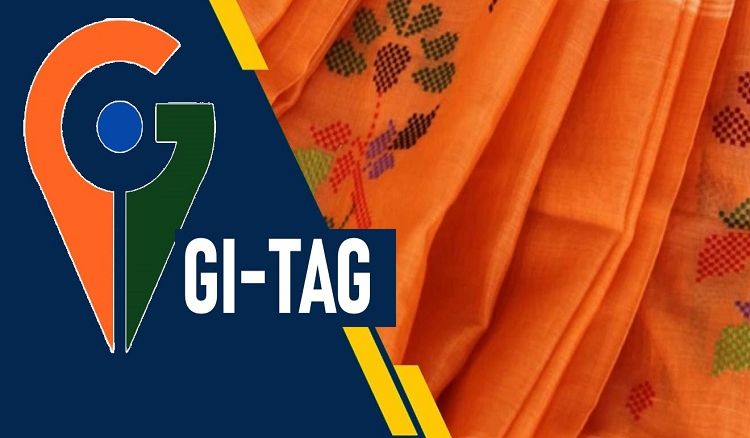In a proud moment for Bengalis, the rich tapestry of Bengal's heritage extends beyond art, cuisine, and traditions to embrace its cherished attire—the saree.
The latest accolade comes with the prestigious Geographical Indication (GI) tag being bestowed upon three distinct sarees from Bengal, namely the Tangail saree from Nadia and East Bardhaman, the Garad saree from Birbhum, and the Korial saree from Murshidabad.
Let's unravel the story behind these GI-tagged sarees-
Starting with the Tangail saree. Originating in Bangladesh, this saree made its way to West Bengal in the late 20th century. Known for its delicate weave, the Tangail saree is typically adorned with off-white or light-coloured motifs.

Next in line is the Garad saree, deeply rooted in Bengali traditions. Traditionally donned in red and white during festivals like Durga Puja, this saree is intricately woven in Birbhum district. Over time, the Garad saree has evolved, embracing diverse patterns within its iconic red and white palette.
Completing the trio is the Korial saree, also known as the Murshidabad silk. This saree, hailing from Murshidabad, boasts a unique style known as 'Patli Pallu'. Characterized by intricate designs on both the border and body, the Murshidabad silk showcases the artistry of Bengal's weavers.
As we usher in the new year, Bengal proudly celebrates five items receiving the coveted GI tag, including the Sundarbans honey and the fragrant Kalonunia rice from North Bengal.
This recognition not only preserves the cultural identity of these products but also boosts the economic prospects for the skilled artisans and weavers involved.
In essence, the Geographical Indication tag serves as a testament to Bengal's rich tapestry of tradition, weaving together the threads of history, craftsmanship, and cultural pride.
 বাংলায় পড়ুন
বাংলায় পড়ুন














